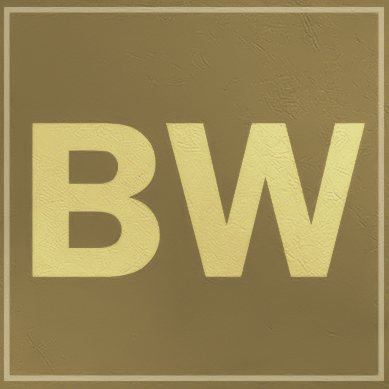Although I began using Photoshop in 2005, the Adobe Photoshop course (using Creative Suite 6) enhanced and built on this previous experience. Teaching non-destructive ways of editing such as layer masks, clipping masks as well as structuring in anchor points and other tools. Photoshop composites, retouching very old photographs, designing and applying advertisements, movie posters, drawing over existing photographs, and many other things were covered in this course. More information on Adobe Photoshop (now marketted as "Creative Cloud").
BRIAN WARDWELL
